 MYTHS
MYTHS
ABOUT
WOMEN
AND WORK
CATHERINE FOX is deputy editor of Financial Review BOSS magazine and writes a weekly column, Corporate Woman, for the Australian Financial Review. She joined the newspaper in 1989 and has held a variety of positions, including marketing and Smart Money editor, and court reporter. Before becoming a journalist she worked in financial services marketing and consulting in Sydney and London. She has worked for a range of organisations, including two of Australias largest banks, a university and an advertising agency. Catherine has written two books, The F Word: How we learnt to swear by feminism with Jane Caro, and Better than sex: how a whole generation got hooked on work with Helen Trinca. Her journalism has won several awards, and she is a regular speaker at forums around the country. She is a member of several advisory bodies, and in early 2012 was appointed to the Defence Force Gender Equality Advisory Board. Catherine has a BA Communications (UTS) and MA Hons (UNSW) and lives in Sydney with her husband and three daughters.
 MYTHS
MYTHS
ABOUT
WOMEN
AND WORK
CATHERINE FOX

A NewSouth book
Published by
NewSouth Publishing
University of New South Wales Press Ltd
University of New South Wales
Sydney NSW 2052
AUSTRALIA
newsouthpublishing.com
Catherine Fox 2012
First published 2012
10 9 8 7 6 5 4 3 2 1
This book is copyright. Apart from any fair dealing for the purpose of private study, research, criticism or review, as permitted under the Copyright Act, no part of this book may be reproduced by any process without written permission. Inquiries should be addressed to the publisher.
National Library of Australia Cataloguing-in-Publication entry
Author: Fox, Catherine (Catherine Louise)
Title: 7 myths about women and work / Catherine Fox.
ISBN: 9781742233475(pbk)
9781742241173(epub)
9781742243757(kindle)
9781742246062(ePDF)
Subjects: Women executives Australia.
Women middle managers Australia.
Women Employment Australia.
Businesswomen Australia.
Sex discrimination in employment Australia.
Dewey Number: 331.481658400994
Design Josephine Pajor-Markus
Cover design Xou Creative
Printer Griffin Press
All reasonable efforts were taken to obtain permission to use copyright material reprduced in this book, but in some cases copyright could not be traced. The author welcomes information in this regard.
This book is printed on paper using fibre supplied from plantation or sustainably managed forests.
CONTENTS
For Simone, Evelyn and Antonia
ACRONYMS
| ABS | Australian Bureau of Statistics |
| ACLW | Australian Centre for Leadership for Women |
| AICD | Australian Institute of Company Directors |
| APPEA | Australian Petroleum Production and Exploration Association |
| AWALI | Australian Work and Life Index |
| AWCCI | Australian Women Chamber of Commerce and Industry |
| BCA | Business Council of Australia |
| CAMAC | Corporations and Markets Advisory Committee |
| CEDA | Committee for Economic Development of Australia |
| CEW | Chief Executive Women |
| EOWA | Equal Opportunity for Women in the Workplace Australia (renamed Workplace Gender Equality Agency from March 2013) |
| FAHCSIA | Department of Families, Housing, Community Services and Indigenous Affairs |
| FINSIA | Financial Services Institute of Australia |
| GFC | Global financial crisis |
| HBR | Harvard Business Review |
| HREOC | Human Rights and Equal Opportunity Commission (renamed Australian Human Rights Commission) |
| MBA | Master of Business Administration |
| MBS | Melbourne Business School |
| MCC | Male Champions of Change |
| NATSEM | National Centre for Social and Economic Modelling |
| NFAW | National Foundation of Australian Women |
| ROE | Return on Equity |
| WiBF | Women in Banking and Finance |
| WOB | Women on Boards |
ACKNOWLEDGMENTS
Many thanks to all those who have inspired and helped me in my myth-busting: Financial Review colleagues Rose Ann Manns, Fiona Smith, Narelle Hooper, Judith Hoare, Haki Crisden, Fiona Carruthers, Pam Williams; and the continuing conversations with Geraldine, Roger and Brendan Fox, Rosemary Johnston, Jane Caro, Margot Saville, Adele Miles, Michele Jackson, Aviva Lowy, Michael Visontay, Meredith Brooks, Helen Connealy, Arlene Tansey, Miriam Silva, Ruth Medd, Claire Braund, Frances Feenstra, Elizabeth Broderick, Anne Summers, Hannah Piterman, Wendy and Sophie McCarthy, Carol Schwartz, Kate OReilly.
Thanks also to Phillipa McGuinness, Kathy Bail and Uthpala Gunethilake at UNSW Press and Financial Review Group CEO Brett Clegg. And of course to my nearest and dearest: David, Simone, Evie and Antonia.
INTRODUCTION:
WHY 7 MYTHS?
When Margaret Whitlam died in early 2012 several tributes described her as a woman of many attributes, with a great sense of humour, who was very much at ease with herself. At her funeral the eulogies made the point that she had been confident enough to be simply who she was not a first lady prototype or a female consort from central casting, but an intelligent, self-possessed woman on an equal footing with her husband, former Prime Minster Gough Whitlam. In an era when most married womens lives centred on the home, Margaret Whitlam carved out a valuable public role for herself in a particularly traditional space.
It sounds deceptively simple in hindsight, but such equilibrium and strong sense of identity are still rare things to observe in women, even today. Our gender continues to define and contain us in ways that are complex, frustrating and often defy commonsense. And thats why a century after women won the vote in this country and started the hard task of dismantling the barriers to fully participating in society, there is still a pressing need to examine the mythology about being female in the workforce.
This is not a book about how to be Margaret Whitlam, but it is about understanding why there are many reasons women continue to confront a series of perplexing and often contradictory ideas and assumptions about how they live their lives, the roles that are deemed acceptable for them in society and in the world of paid work. You will not find conspiracy theories or unhelpful he said, she said debates here, but lots of information about human nature and behaviour in hierarchies that have allowed fundamental misconceptions to flourish. These myths are perpetuated in the business world because they are comfortable and the way things have operated for decades indeed, in some cases, for centuries. In fact, it was after hearing a few of them stated with great conviction by a CEO I interviewed for the Financial Review that the 7 myths idea took shape. I realised the conversation had a familiar ring and Id heard the same old, irritatingly inaccurate excuses for the lack of women in business, the gender pay gap and other problems trotted out time and again by senior executives of both sexes. A couple of my workmates suggested (probably to stop my rant) that I make a list and write it up for the Corporate Woman column. It seemed like a good idea and a rather elegant way of covering off on a few of my main bugbears. So the list of 7 myths was born.
Next page
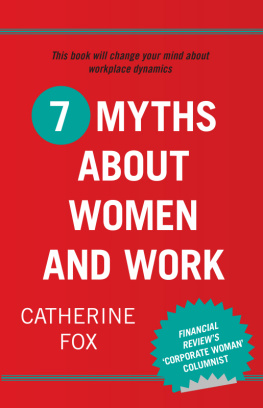
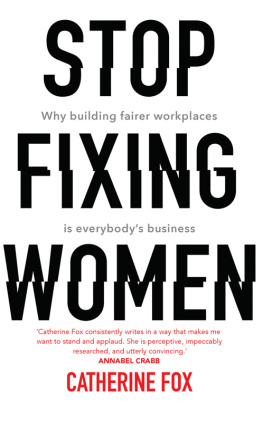


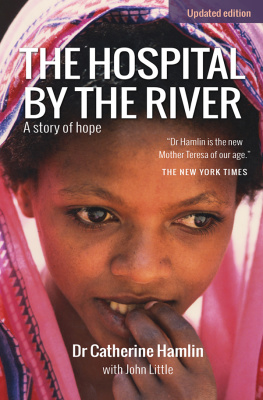
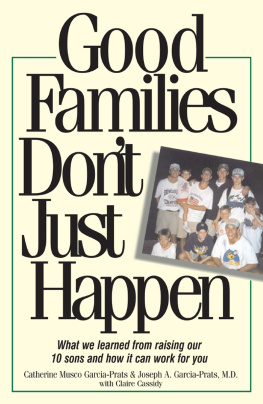
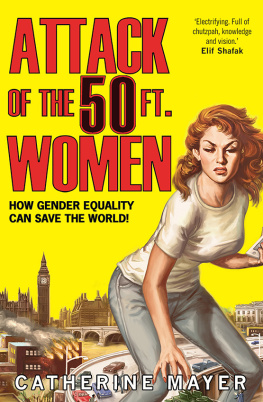
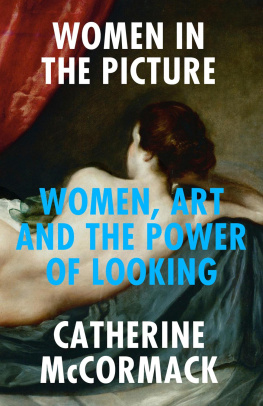
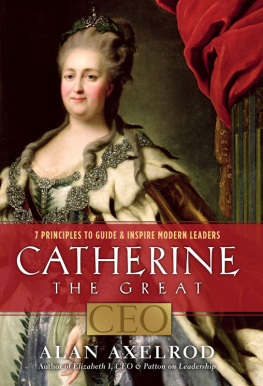
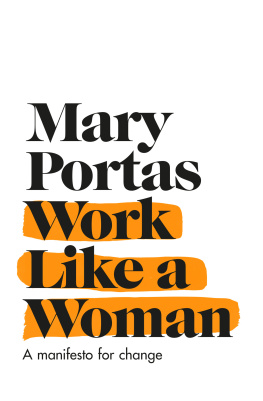

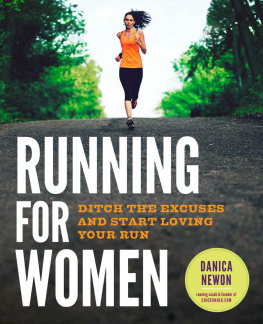

 MYTHS
MYTHS MYTHS
MYTHS